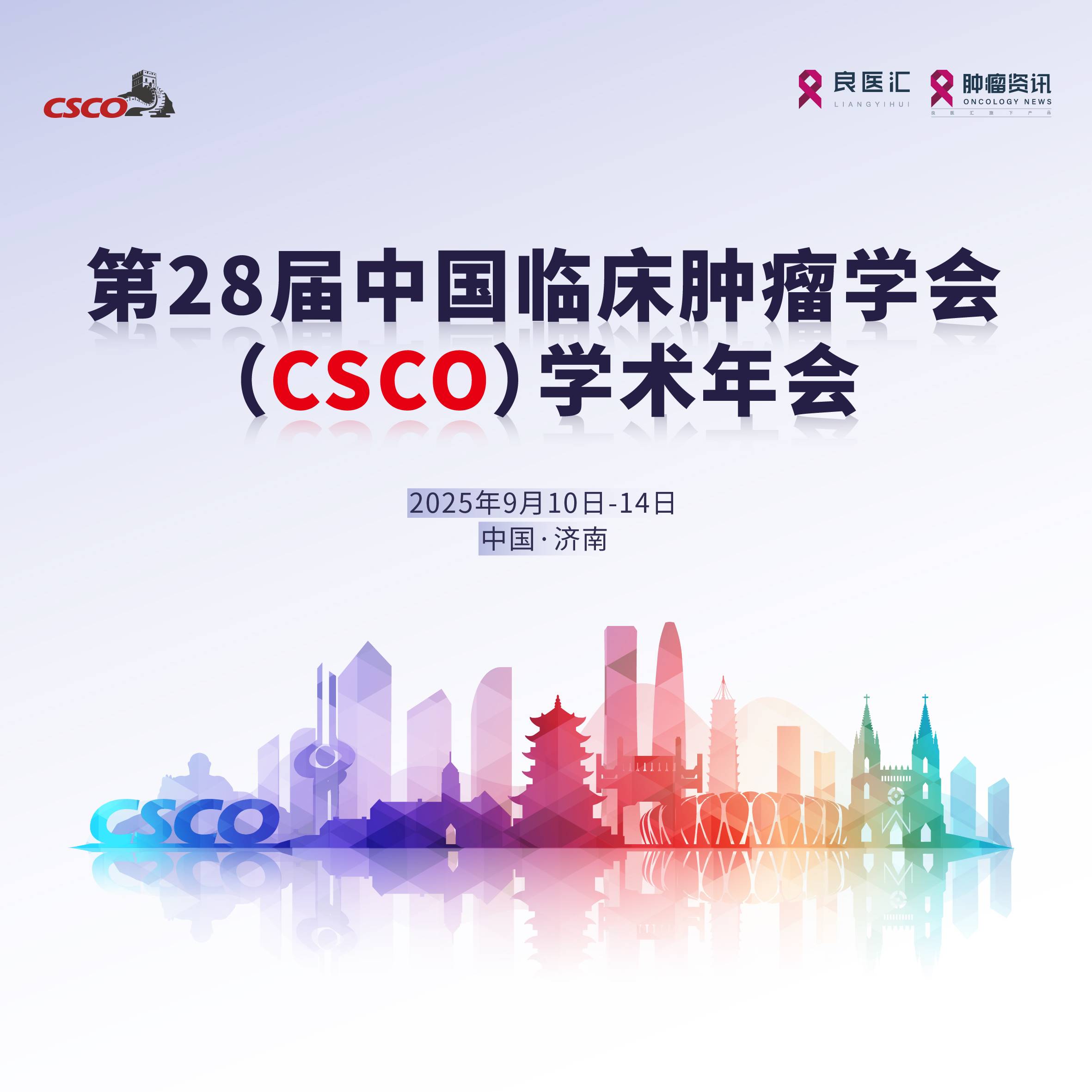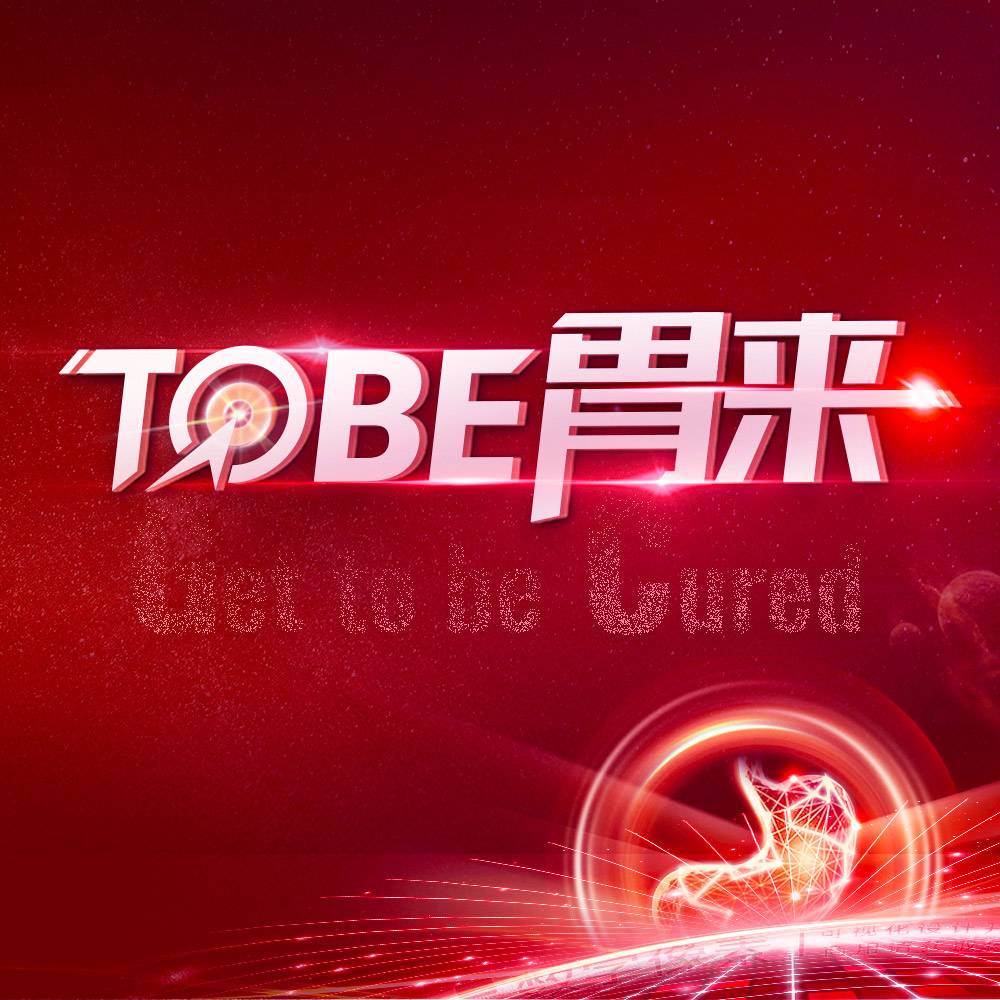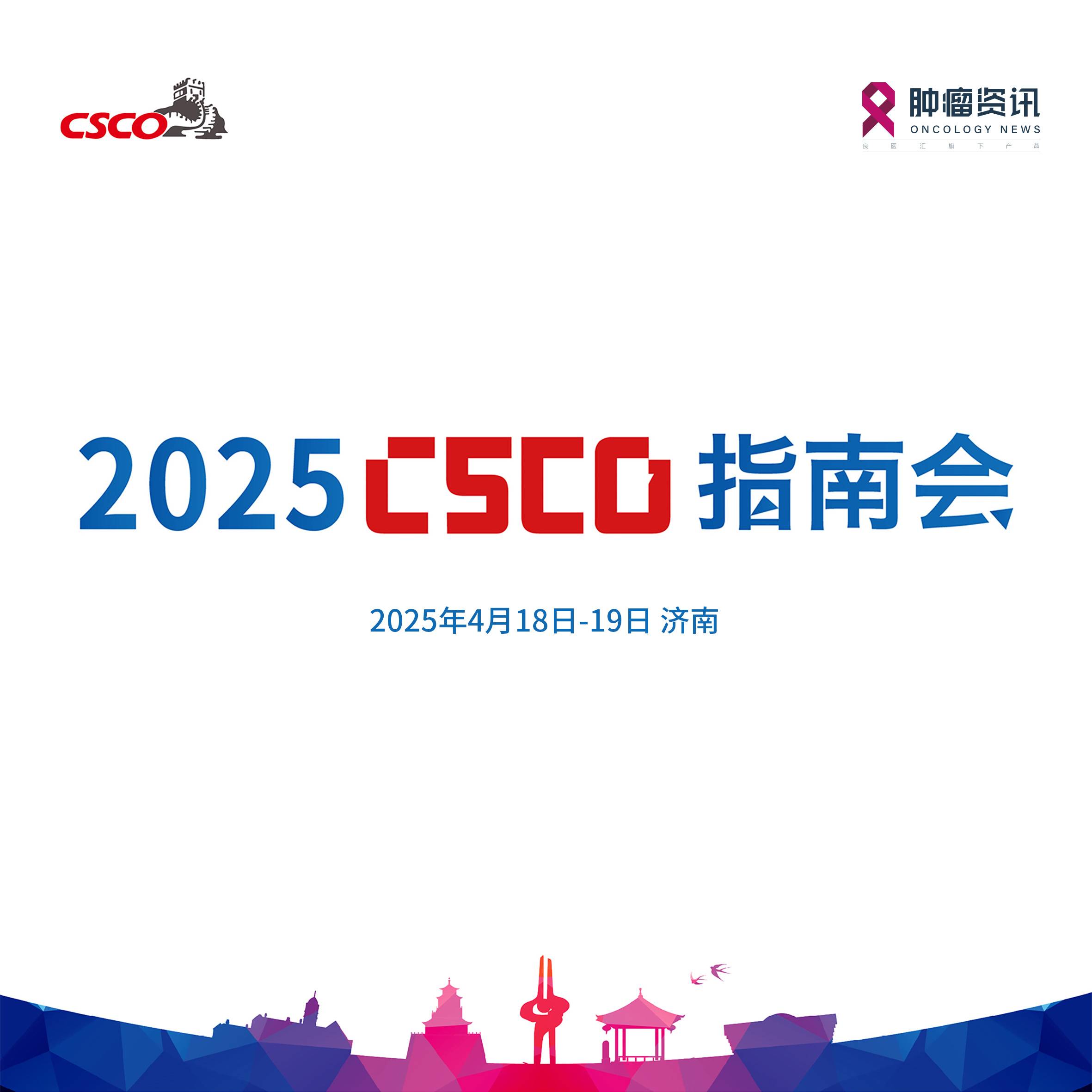来源:生物谷
近日,罗氏肿瘤免疫研发产品线在美国监管方面传来好消息,其PD-L1抑制剂atezolizumab二度斩获FDA授予的加速审批资格。所不同的是上个月atezolizumab在膀胱癌适应症方面获得加速审批资格,而此次FDA授予Atezolizumab优先审批资格,作为表达PD-L1的局部晚期或转移非小细胞肺癌患者含铂化疗后的二线治疗方案。
Atezolizumab是罗氏个体化治疗方案的一部分,目前与之配套的免疫组织化学(IHC)检查的上市前申请正处于FDA的审批阶段。通过检测患者是否表达PD-L1,可以帮助医生准确地判断哪些患者适合Atezolizumab治疗。
据悉FDA将在今年的10月19日决定是否批准atezolizumab用于治疗非小细胞肺癌。而在膀胱癌适应症方面,FDA将在今年9月中旬发布最终审批结果。分析师预测,如果atezolizumab能在今年顺利拿下两大适应症,今年秋季对罗氏而言注定是一个收获的季节。
当前PD-L1/PD-1抑制剂领域中,百时美和默沙东是当之无愧的两大领跑者,目前该领域竞争异常激烈,对罗氏而言,目前最重要的就是和阿斯利康竞争在美国上市的季军席位。就目前形势来看,罗氏似乎略胜一筹。原因在于阿斯利康的PD-L1抑制剂durvalumab在临床试验中遭受挫折,极有可能推迟上市时间。
然而默沙东的Keytruda已经在美国获批用于治疗非小细胞肺癌,因此罗氏的atezolizumab无法抢滩登陆非小细胞肺癌这一适应症,若在价格或疗效上不具备和默沙东一搏的能力,就无法得到充分的优势。
除了与同类免疫检查点抑制剂竞争之外,在非小细胞肺癌方面,atezolizumab还面临着其它的挑战。首先是适用患者人群有限,目前atezolizumab只能用于接受过化疗和EGFR/ALK阳性的非小细胞肺癌患者;其次是这部分患者可以使用EGFR/ALK的靶向药物——如Iressa/辉瑞的Xalkori进行治疗。
Atezolizumab的快速审批资格申请基于一项名为BIRCH的II期临床试验结果。在临床试验中,atezolizumab达到了主要终点,在接受过化疗且高表达PD-L1的晚期非小细胞肺癌患者中,其客观缓解率增至27%。
另一项名为Poplar的中期临床试验也在生存时间上表现出显著性差异。在中、高水平表达PD-L1的复发性非小细胞肺癌患者中,接受atezolizumab治疗的患者与仅接受多西他赛治疗的患者相比,生存期延长了7.7个月。
目前罗氏在非小细胞肺癌领域已经成功上市了靶向药Avastin作为一线治疗药物,然而atezolizumab将作为免疫检查点抑制剂,标志着罗氏在肿瘤免疫方面的领军地位。(生物谷Bioon.com)
原文:
http://www.roche.com/investors/updates/inv-update-2016-04-11.htm
Basel, 11 April 2016
FDA grants priority review for Roche’s cancer immunotherapy atezolizumab in specific type of lung cancer
Roche (SIX: RO, ROG; OTCQX: RHHBY) today announced that the U.S. Food and Drug Administration (FDA) has accepted the company’s Biologics License Application (BLA) and granted Priority Review for atezolizumab (anti-PDL1; MPDL3280A) for the treatment of people with locally advanced or metastatic non-small cell lung cancer (NSCLC) whose disease expresses the protein PD-L1 (programmed death ligand-1), as determined by an FDA-approved test, and who have progressed on or after platinum-containing chemotherapy.
“In a study of atezolizumab in people with previously treated advanced lung cancer, PD-L1 expression correlated with how well they responded to the medicine,” said Sandra Horning, M.D., chief medical officer and head of Global Product Development. “The goal of PD-L1 as a biomarker is to identify people most likely to benefit from atezolizumab alone.”
Atezolizumab was granted Breakthrough Therapy Designation by the FDA in February 2015 for the treatment of people whose NSCLC expresses PD-L1 and whose disease progressed during or after standard treatments (e.g., platinum-based chemotherapy and appropriate targeted therapy for EGFR mutation-positive or ALK-positive disease). Breakthrough Therapy Designation is designed to expedite the development and review of medicines intended to treat serious or life-threatening diseases and to help ensure that people have access to them through FDA approval as soon as possible. The BLA submission for atezolizumab is based on results from clinical trials including the Phase II BIRCH study, and the FDA will make a decision on approval by Oct. 19, 2016. A Premarket Application (PMA) is also under review by the FDA for a companion immunohistochemistry (IHC) test developed by Roche Tissue Diagnostics.
This is the second BLA acceptance and priority review for atezolizumab. On 15thMarch, Roche announced that the FDA had accepted the company’s BLA and granted Priority Review for atezolizumab for the treatment of people with locally advanced or metastatic urothelial carcinoma (mUC) who had disease progression during or following platinum-based chemotherapy in the metastatic setting, or whose disease worsened within 12 months of receiving platinum-based chemotherapy before surgery (neoadjuvant) or after surgery (adjuvant). Atezolizumab is also being studied in a number of other cancers.
About the BIRCH study
BIRCH is an open-label, multicenter, single-arm Phase II study that evaluated the safety and efficacy of atezolizumab in 667 people with locally advanced or metastatic NSCLC whose disease expressed PD-L1. PD-L1 expression was assessed for both tumor cells and tumor-infiltrating immune cells with an investigational IHC test based on the SP142 antibody. People in the study received a 1200-mg intravenous dose of atezolizumab every three weeks. The primary endpoint of the study was objective response rate (ORR) as assessed by an independent review facility (IRF) using Response Evaluation Criteria in Solid Tumors (RECIST) v1.1. Secondary endpoints included duration of response (DOR), overall survival, progression-free survival and safety.
----------------------
编辑:肿瘤资讯-小编















 苏公网安备32059002004080号
苏公网安备32059002004080号


